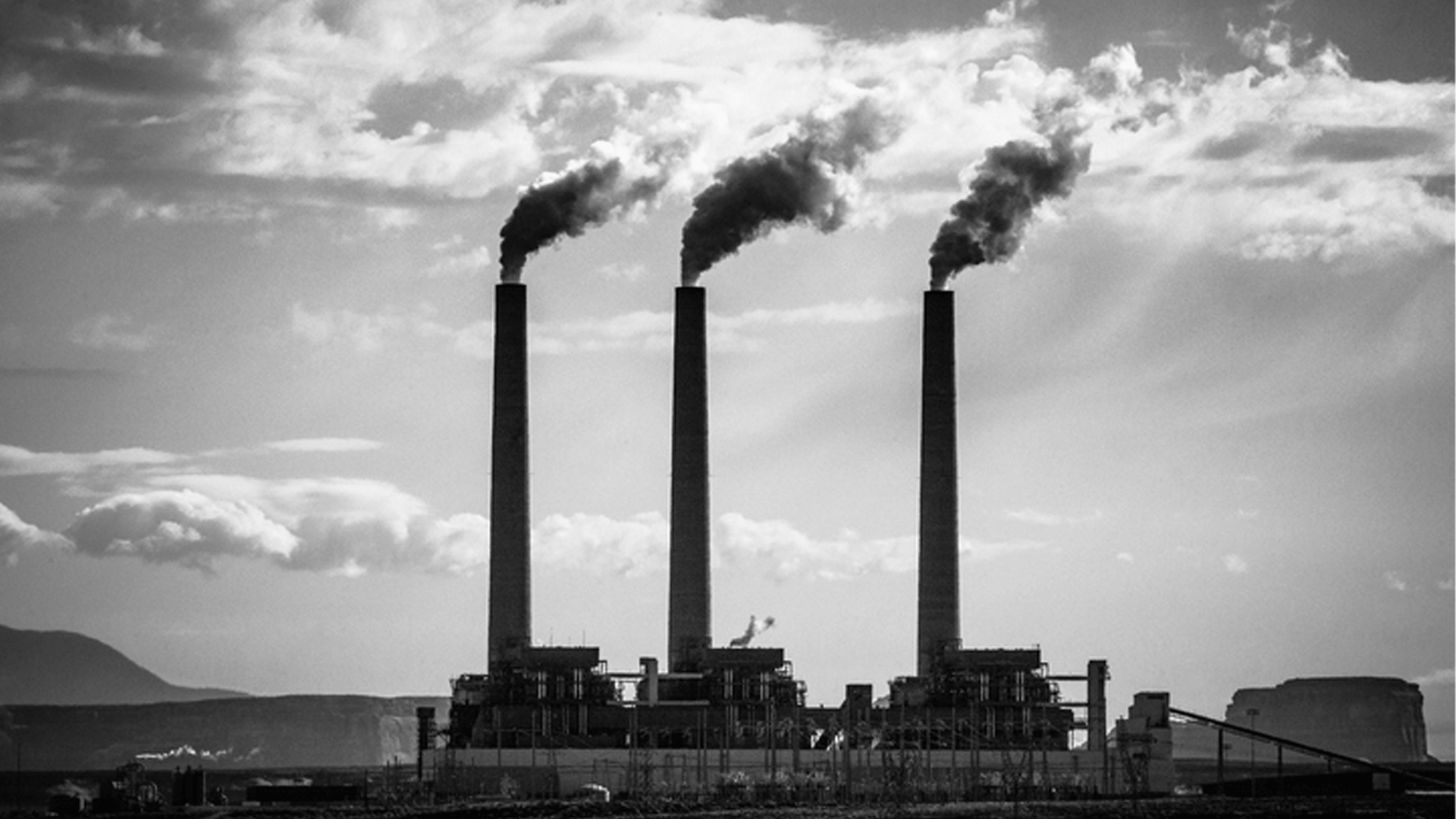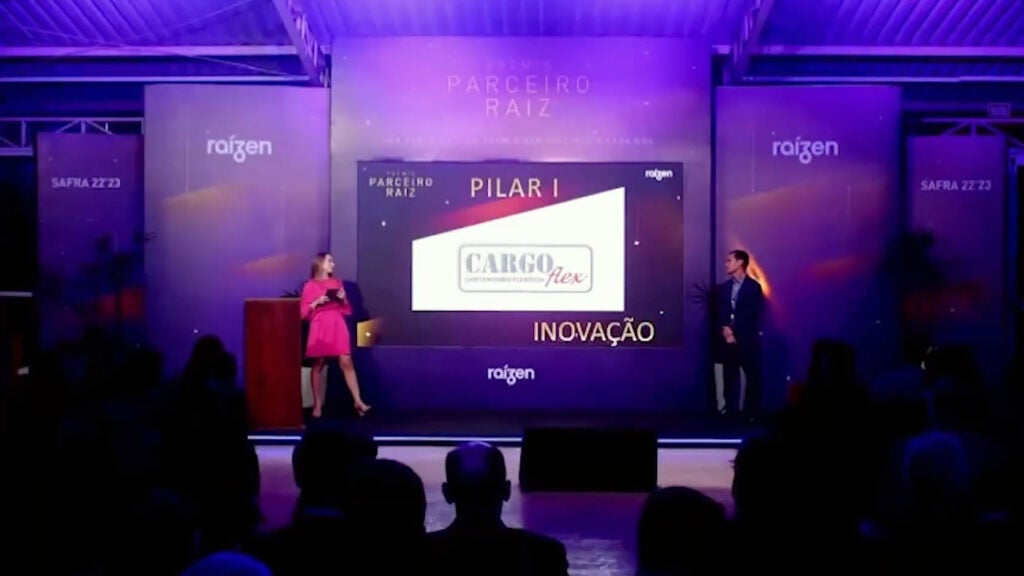History of Power Boilers
With roots dating back to the 1700’s, steam-generating boilers have evolved greatly based on industrial and residential demand. George Babcock and Steven Wilcox were the first to patent their boiler design and later established Babcock & Wilcox Company in 1891. As the country grew, so did the need for utility companies to generate and distribute electricity to major cities and beyond. As demand grew, boiler steam temperature and pressure requirements also increased forcing manufacturers to design larger and more efficient boilers. In the late 1950’s, the industry responded with membrane tube wall designs that allowed for higher efficiencies, therefore paving the way for supercritical boilers that could generate over 1000 MW. Seamless carbon or Cr-Mo steel tubes were welded together using a steel membrane bar between the tubes, and formed into a large tube panel. This innovation eliminated the need for refractory, reduced construction cost, and increased the size of the boilers.
Tube Wall Challenges
The waterwalls made of tubes and membranes are constructed around the furnace enclosure. High-pressure water inside the tubes extract heat from the high temperature combustion gases on the fireside of the tubes. The waterwalls are subjected to thermal fluctuation, high temperature corrosion and particulate erosion corrosion attack. The waterwalls are constructed of ferritic steels to provide structural integrity as well as resistance to high temperature water and steam used in the heat transfer. Alternatively, the ferritic steels utilized did not necessarily deliver superior resistance to high temperature corrosion attack from oxidation although many times they performed adequately with predictable wall loss values. The Clean Air Act Amendments of 1990 forced operators to introduce low NOx combustion systems, in an effort to reduce the boiler’s harmful emissions of nitrogen oxides (NOx) emissions into the environment. This effectively created a reducing atmosphere in the lower furnace with low levels of oxygen and changed the corrosion mechanism from oxidation to erosion-corrosion by sulfidation. The result of these changes considerably increased waterwall wastage and forced operators to explore mitigating innovations.
Industry Proven Alloying Applications
Beginning in the early 1990’s, in response to the emissions legislation, WSI began researching alloying materials and innovative application methods to achieve longer life in the waterwall tubes exposed to high temperature corrosion and erosion-corrosion. Over the course of the next decade, WSI engineers patented several processes for application of corrosion resistant overlay (CRO) as well as identified various alloys for CRO including 309SS (Fe-24Cr-13Ni), alloy 625 (Ni-22Cr-9Mo-3.5Nb) and alloy 622 (Ni-22Cr-13Mo-3W) that would address the needs of power boiler operators. The necessary requirements for achieving maximum erosion & corrosion protection on the fireside of the waterwall is maintaining the lowest dilution rates of the weld deposit chemistry, retaining high relative Cr content throughout the weld deposit thickness and minimizing FE concentrations. WSI accomplished this with several CRO application methods built around the concept of achieving the lowest possible dilution for weld deposit chemistry with overlays exhibiting less than 10% dilution. These methods have been successfully utilized for many years to provide high temperature corrosion and erosion & corrosion protection for boilers.
Field Applied Unifuse™ Weld Metal Overlay
Boiler operators sought to maintain their waterwalls in regular outage windows but experienced accelerated, and sometimes unpredictable, tube wastage from various erosion & corrosion mechanisms. WSI developed a field applied, machine welding approach that met ASME code requirements. Utilizing custom built and proprietary welding technology, a machine applied Gas Metal Arc Welding (GMAW) Unifuse weld metal overlay had the ability to substantially extend the service life of waterwalls. Applying custom programmed weld deposit sequences from the membrane to the tube crowns, the field applied machine Unifuse ensured industry best weld deposit chemistry, consistent thickness deposition across the entire tube, and productivity unachievable prior to the technology. WSI machine weld metal overlay is considered by the industry to be the standard for waterwall wastage in coal-fired boilers with 1000’s of field installed overlays, almost every coal fired boiler in the US has some form of WSI overlay installed.
Shop Applied Unifuse™ Panels for Fabrication
From time to time operators faced situations when high temperature corrosion and erosion & corrosion mechanisms accelerated waterwall wastage unpredictably and past ASME code allowable thicknesses. Operators facing larger areas of this condition needed panel replacement parts with alloying protection available for installation. WSI leveraged their field application experiences to develop processes and procedures for shop applied Unifuse™ weld metal overlay. The shop application meets ASME code and is delivered under WSI’s quality program.
Shop Applied Unifuse™ 360° Tubes for Fabrication
Boiler operators also experienced increased metal loss in the upper furnace components due to the fact that the metal temperatures of the superheater, for example, are much higher than those of the waterwalls. To extend the life of upper furnace components as well as increase fabrication options for waterwalls, Unifuse™ technology was patented by WSI resulting in a process for the fabrication of bimetallic tubes using a full fusion automated welded process. The patented process uses an initial uniform 360° GMAW weld deposit of alloying material followed by GTAW to smooth the overlay surface and temper the heat-affected-zone (HAZ) formed in the substrate steel during GMAW process. The completed Unifuse™ 360° tubes exhibit excellent ductility and toughness in the as-overlaid condition which allows fabricators to execute bends necessary to achieve various configurations without cracking. The majority of Unifuse™ 360° overlay tubes are fabricated for screen sections, superheater, reheater, and generating banks in the upper furnace of the boilers but panels can also be constructed based on boiler design.
WSI – Proven Results. Automatically.
With over 2000 total workscopes executed globally with Unifuse™ for power industry since 2000, WSI is the world leader in boiler life extension. Whether the boiler needs to be repaired emergently or during a planned outage, WSI has unparalleled innovative leadership backed by proven results. WSI has the most extensive portfolio of successfully completed, power boiler weld projects and qualified procedures to handle any boiler specific challenges. Find out more about our engineered services offering at WSI.
[1] Nicholas P. Cheremisinoff, Paul E. Rosenfeld, in Handbook of Pollution Prevention and Cleaner Production, 2010
[2] The National Board of Boiler and Pressure Vessel inspectors. Black Liquor Recovery Boilers



